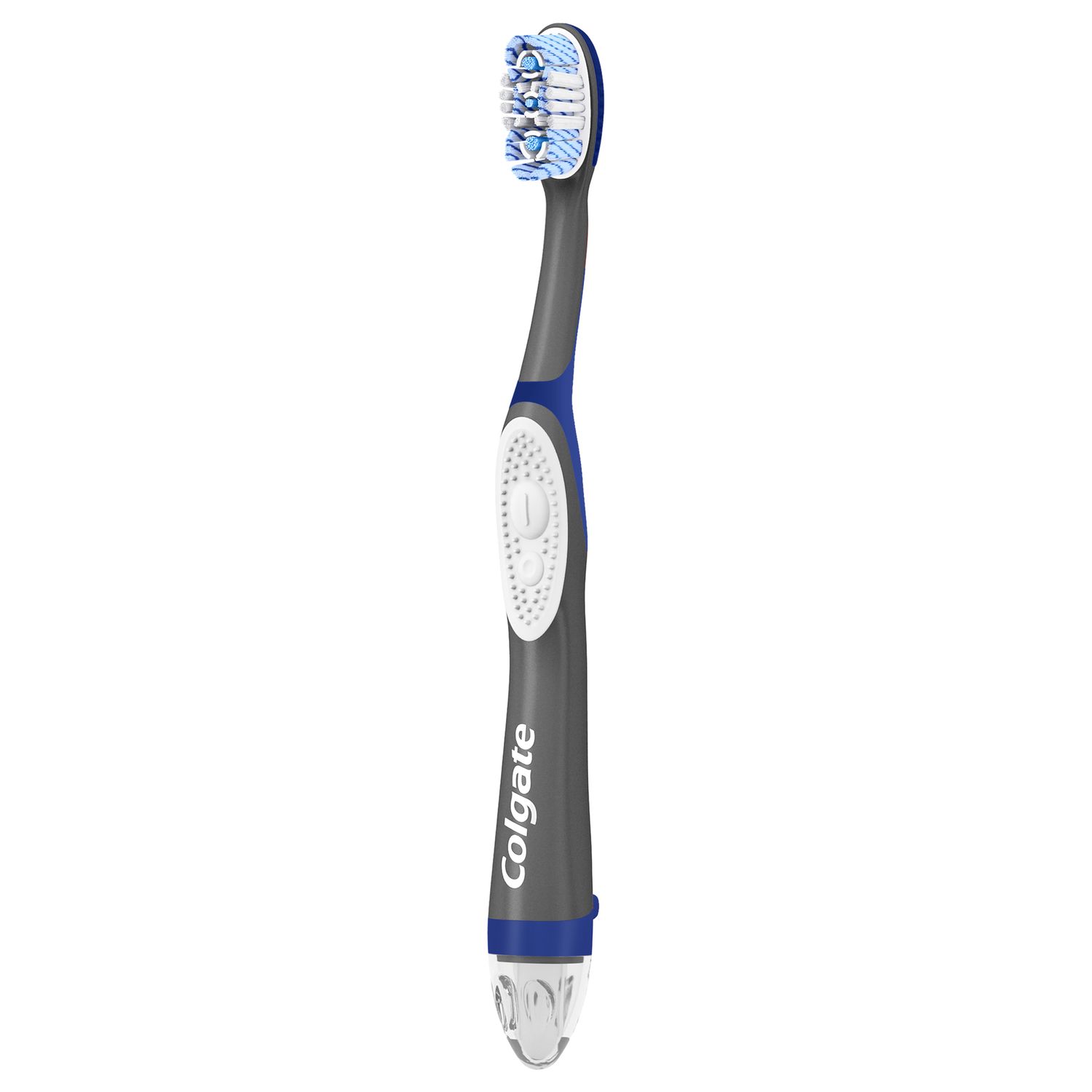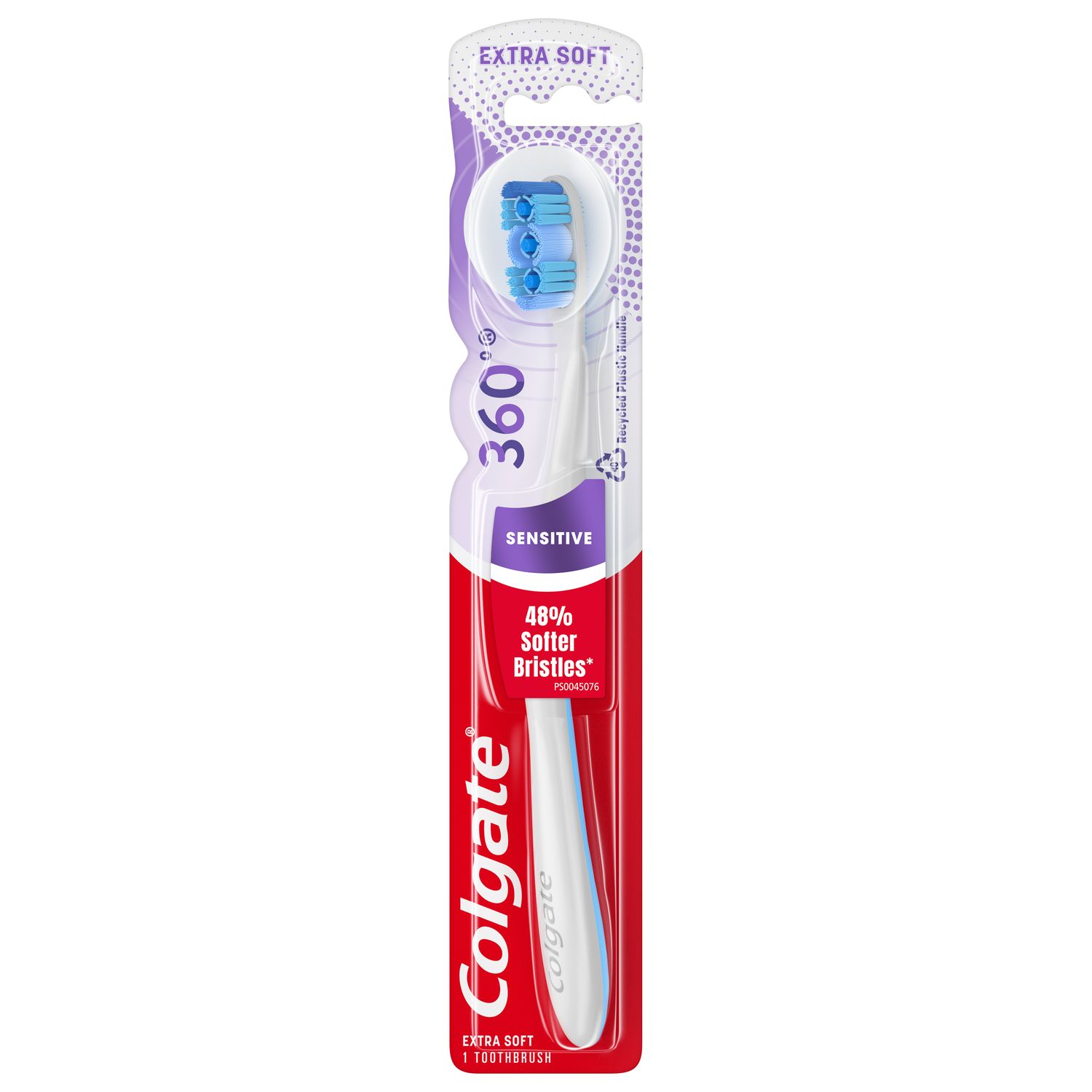What Is Aggregatibacter Actinomycetemcomitans?
AA is a species of rod-shaped bacteria with several virulence factors, meaning that the bacteria have characteristics that can harm your dental health, as an article in the Journal of Clinical and Diagnostic Research (JCDR) describes. In a healthy mouth, the balance of different bacteria keeps AA in check. However, when AA is given the opportunity to grow, there is a higher risk of developing gum disease. Specifically, these bacteria have the ability to invade and destroy the gum tissues and suppress the immune system.
Relationship Between AA and Localized Juvenile Periodontitis
The JCDR article describes how AA is particularly associated with periodontitis (gum disease) in young individuals, known more specifically as Localized Juvenile Periodontitis (LJP). It occurs in 90% of cases of localized aggressive periodontitis and in 30-50% of severe periodontitis cases in adults. If this disease is left untreated in a younger patient, it can lead to destruction of the tooth tissues, hence why AA is known as a tooth killer.
LJP is typically genetic or hereditary and mostly affects young adults between 25 and 30 years old. The condition involves the rapid destruction of gum tissues around incisors and first molars, as well as rapid bone loss around the affected teeth.
Treatment Options for Periodontitis
Early diagnosis in any form of periodontitis is critical to ensuring that the disease doesn't worsen. Be sure to visit your dentist twice a year so that they can detect any gum problems as early as possible.
Your dentist will aim to treat periodontitis by removing plaque, tartar, and pathogenic bacteria from your mouth. Treatment may include a number of deep cleaning methods, such as scaling and root planing, as the Mayo Clinic explains. Other options include tissue regeneration or gum grafts, depending on the severity of your condition. Your dental professional will assess you thoroughly to decide which option is best for you, or may refer you to a gum specialist known as a periodontist.
How to Treat Infections Caused by AA Bacteria
Aggressive periodontitis caused by AA bacteria can be more difficult to treat than typical gum disease. It’s typically suspected if the patient doesn’t respond to standard treatment, or if periodontitis has advanced very quickly.
A dental professional may do a microbe test to confirm AA bacteria. Testing involves inserting a paper point below the gum tissue to collect a sample of plaque, which is then sent off to a laboratory for testing.
AA bacterial infections are treated with antibiotics. The most commonly prescribed antibiotics are amoxicillin and/or metronidazole, which are usually given for about seven days. Other drugs that have shown some success in treating aggressive localized periodontitis include azithromycin, clarithromycin, ciprofloxacin, and fluoroquinolones.
Oral Care Tips for Minimizing Mouth Bacteria
It's important to take meticulous care of your teeth and gums at home to minimize any bad bacteria that could harm your mouth. As the Mayo Clinic outlines, steps to improve your oral care include:
- Brushing at least twice a day or after every meal and snack.
- Using a soft-bristled or a powered toothbrush.
- Using aids to clean between your teeth, such as floss or interdental brushes.
- Trying an antiseptic mouthwash to eliminate bacteria that live between the teeth.
- Stopping smoking or tobacco use, as this increases your risk of developing gum disease.
Gum disease is preventable. By controlling the bacteria in your mouth with great oral hygiene, you can keep your smile healthy and your teeth disease-free.
Common Questions About AA Bacteria and Periodontitis
What happens when someone is infected with Aggregatibacter Actinomycetemcomitans?
AA bacteria can cause a number of different infections all over the body. In addition to periodontitis, it is associated with endocarditis (a cardiac infection), brain abscesses, sinus infections, pneumonia, septic arthritis, urinary tract infections, maternal septicemia, and other serious conditions.
What are the symptoms of Aggregatibacter Actinomycetemcomitans infection?
Aggressive periodontitis caused by AA bacteria causes symptoms that appear similar to those of typical periodontitis – red, inflamed gums, bleeding from the gums, receding gums, and loose or shifting teeth. However, clinical exams will usually show very rapid and advanced soft tissue and bone loss, so it’s important to get any symptoms checked out as early as possible.
ORAL HEALTH QUIZ
What's behind your smile?
Take our Oral Health assessment to get the most from your oral care routine
ORAL HEALTH QUIZ
What's behind your smile?
Take our Oral Health assessment to get the most from your oral care routine















